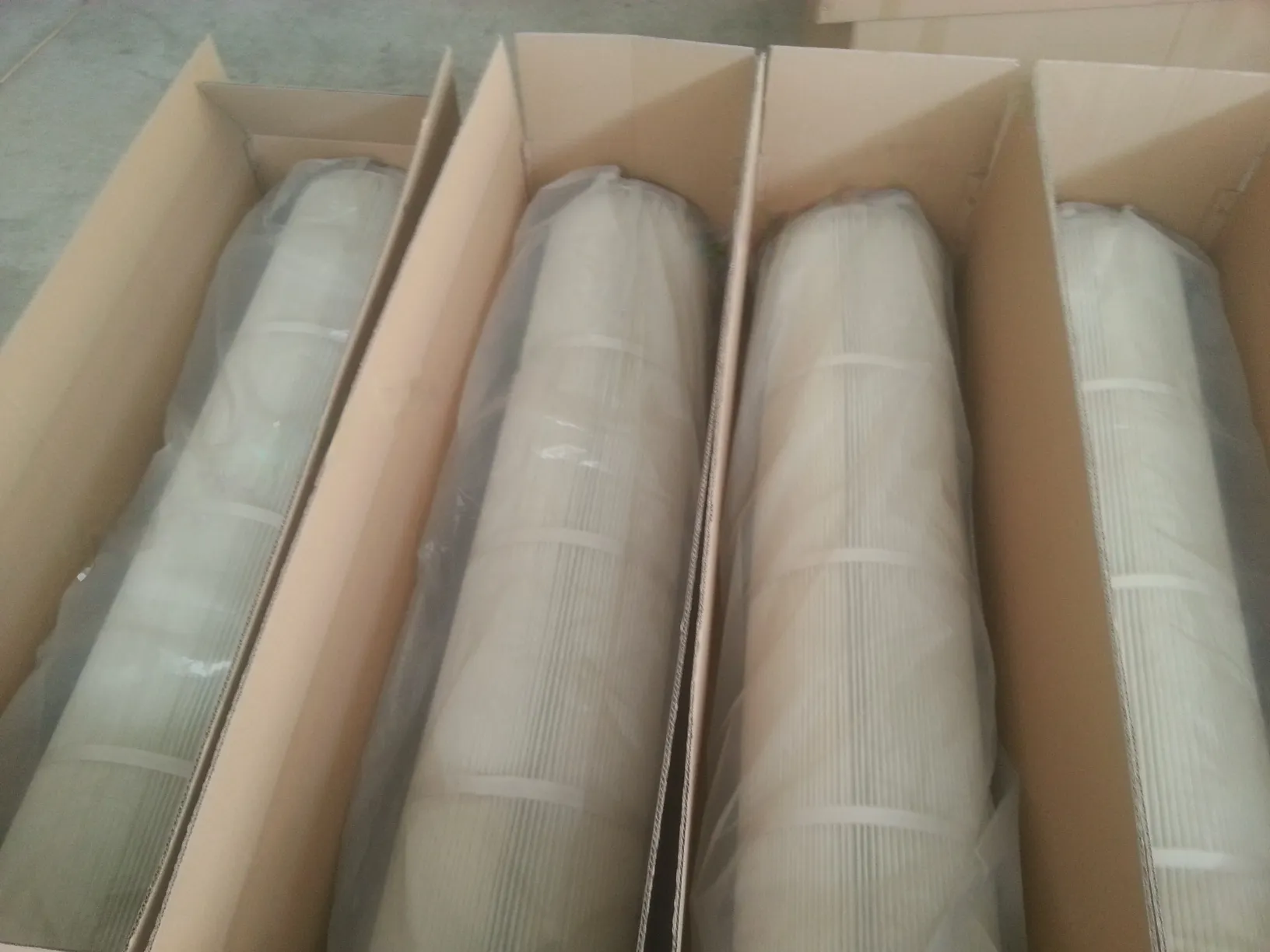 Tel:
+8615930870079
Tel:
+8615930870079
Nov . 16, 2024 08:48 Back to list
turbine air intake filters
Understanding Turbine Air Intake Filters A Critical Component in Turbine Performance
Turbine systems, whether in aviation or power generation, are designed to operate efficiently and reliably under a variety of conditions. One critical component often overlooked in discussions about turbine performance is the air intake filter. These filters play a vital role in ensuring that the turbine operates effectively by maintaining the integrity of the air entering the system. In this article, we will explore the importance of turbine air intake filters, their functions, types, and maintenance practices that can enhance turbine efficiency and lifespan.
The Importance of Turbine Air Intake Filters
Air is the lifeblood of turbine engines, as it is necessary for the combustion process in gas turbines or the optimal performance of wind turbines. Turbine air intake filters serve as the first line of defense against contaminants that could damage the engine or reduce its efficiency. Dust, dirt, and other particles can enter the turbine system and cause erosion or clogging, leading to performance degradation, increased fuel consumption, and even catastrophic failures.
By filtering out these contaminants, air intake filters help maintain the purity of the air entering the combustion chamber or turbine blades. This is crucial because any impurities can disrupt the airflow dynamics and combustion process, leading to inefficiencies. Moreover, clean air intake is essential for meeting environmental regulations, as unfiltered air can lead to higher emissions and subsequently attract legal penalties.
Types of Turbine Air Intake Filters
There are several types of air intake filters used in turbine applications, each designed to meet specific requirements depending on the operating environment
. The most common types include1. Panel Filters These are typically used in small to medium-sized turbines. They are made from pleated paper or synthetic materials that provide a large surface area for capturing particles. Panel filters are lightweight and easy to replace, making them a popular choice for many applications.
2. Bag Filters Bag filters are designed for higher efficiency and are often used in larger turbines. They consist of multiple fabric bags that trap contaminants. These filters provide a larger filtration surface area and have a higher dust-holding capacity, making them ideal for environments with a high level of particulate matter.
3. HEPA Filters High-Efficiency Particulate Air (HEPA) filters are designed to capture at least 99.97% of particles that are 0.3 microns or larger. These filters are excellent for applications where air purity is critical, such as in medical or aerospace settings.
turbine air intake filters

4. Pre-filters Often used in conjunction with main filters, pre-filters provide an initial layer of protection by capturing larger particles. They extend the life of the main filter and are especially useful in environments where dust and debris are prevalent.
Maintenance Practices for Turbine Air Intake Filters
To ensure optimal performance, regular maintenance of turbine air intake filters is essential. Here are some best practices
- Routine Inspections Establish a schedule for inspecting filters for accumulated dirt and damage. Visual checks can help determine if a filter needs to be cleaned or replaced.
- Cleaning and Replacement Depending on the type of filter, some can be cleaned and reused, while others must be replaced once they are saturated. Pay attention to manufacturer guidelines regarding cleaning intervals and replacement schedules.
- Monitoring Performance Keeping track of the turbine's performance metrics can help identify when a filter is becoming clogged, allowing for proactive maintenance before issues arise.
- Calibration and Adjustment Ensure that the airflow sensors and monitoring systems are calibrated correctly. Properly functioning sensors can provide alerts when filter performance begins to degrade.
Conclusion
Turbine air intake filters are a crucial component of turbine systems, significantly impacting performance, efficiency, and longevity. Understanding their importance and implementing effective maintenance practices can lead to improved turbine operation and enhanced reliability. In an era where sustainability and efficiency are paramount, ensuring the purity of the air entering turbines is essential for both operational success and environmental compliance. By investing in high-quality filters and adhering to a diligent maintenance routine, operators can safeguard their turbine operations against contamination and ensure optimal performance for years to come.
-
Nano Fiber Technology: Revolutionizing Cartridge Dust Collector FiltersNewsAug.06,2025
-
How Activated Carbon Air Cartridges Eliminate OdorsNewsAug.06,2025
-
Dust Filter Cartridge Handling Fine Particulate MatterNewsAug.06,2025
-
Cartridge Dust Collector Filter for Welding Fume ExtractionNewsAug.06,2025
-
Activated Carbon Filter Cartridge Effectiveness Against VOCsNewsAug.06,2025
-
Activated Carbon Air Filter Cartridge Benefits ExplainedNewsAug.06,2025

 Email:
Email:





